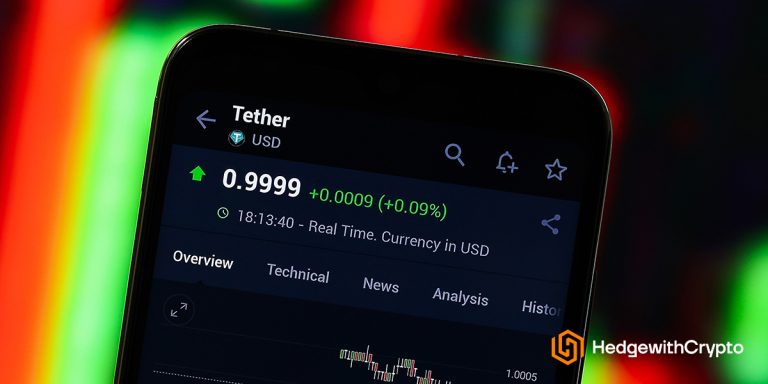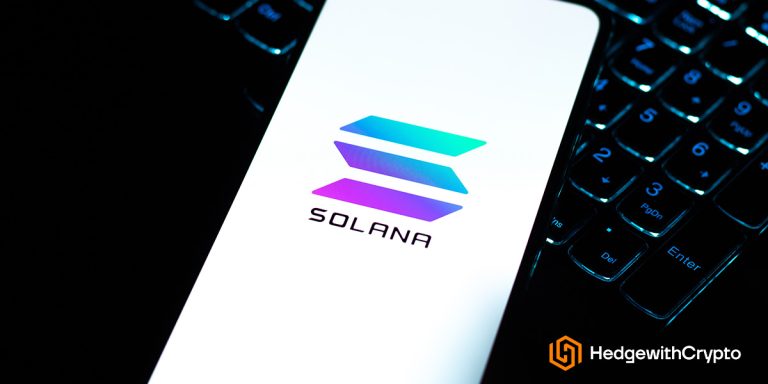This Is How Long It Takes To Transfer Ethereum (ETH)
Key Takeaways:
- The average time it takes to transfer ETH tokens from one wallet to another is approximately 1 to 15 minutes.
- All transactions made on the Ethereum blockchain are grouped into blocks which is why the time and size of each are critical factors that influence the speed at which ETH is transferred.
TABLE OF CONTENTS
How Fast Are Ethereum Transactions?
The Ethereum blockchain can process 13-15 transactions per second (TPS). It is a figure well-known and quoted within the cryptocurrency industry. However, that figure does not reflect the time to complete a wallet-to-wallet or wallet-to-exchange transaction via the blockchain. Depending on the transfer method, ETH transfers can take between 1 minute and 30 minutes.
The Time Required To Send ETH Between Wallets
The time required to send ETH between wallets depends on the type of Ethereum wallet being used. If transferring Ethereum from a hot wallet that is already connected to the internet, transaction times will be slightly quicker when compared with sending assets from a cold wallet. Cold wallets will need to be connected and then unlocked before transactions can be completed.
Once both types of crypto wallets are connected to the internet, an average wallet-to-wallet Ethereum transaction takes between 1 minute to 15 minutes depending on the congestion of the network. Most cryptocurrency wallets do not require a high number of confirmations before assets are transferred. While the speed of the transfer is not as fast compared to other networks such as XRP and Solana, it has one of the fastest average transfer speeds. To find out which is the fastest crypto to send, read this article next.
The Speed To Send ETH From A Wallet To Exchange
The transfer speed for Ethereum can take slightly longer for wallet-to-exchange transfers due to the number of confirmations required. Most exchanges require several confirmations of the Ethereum blockchain before digital assets are transferred. Based on estimates from exchange platforms, wallet-to-exchange transactions can take anywhere between 5 minutes and 30 minutes.
The number of confirmations improves security and ensures transactions are valid. However, this does mean moving Ethereum-based assets onto and off an exchange can take slightly longer than completing a wallet-to-wallet transfer.
However, it is important to remember that estimates provided by most exchanges often assume that an Ethereum transaction will be included within the next block. At times of high congestion, this is unlikely to be the case. It may take several blocks before a transaction is finally processed.
Factors That Affect Ethereum Transaction Times
All transactions sent via the Ethereum blockchain are grouped into blocks. Each new block is added to the blockchain by a miner, who validates each transaction and then broadcasts the set of transactions to all other miners within the network. This process, which is part of the blockchain’s Proof-of-Work consensus mechanism, ensures that all transactions are correct and accurate. While the PoW consensus mechanism does not change, there are several factors that can influence how long it takes before a single transaction is added to a new block. These can be broken down into two categories: (1) internal and (2) external factors.
Internal factors affecting Ethereum transaction times
- Block time. Block time is defined as the amount of time required to find a solution to the Proof-of-Work algorithm and add a new block to the blockchain. The block time for Ethereum averages 12-14 seconds, which is how frequently a new set of transactions is added. Although the block time varies occasionally, the difficulty of the mining algorithm ensures that block times remain around the 14-second mark.
- Block size. The number of transactions that fit into each Ethereum block is known as the block size. Unlike block time, the block size of Ethereum is not consistent and can vary depending on network usage. Ethereum developers have limited the average block gas limit to 15 million gas (slightly less than 1MB), however, the true figure can vary anywhere up to that point. According to data collected by the Ethereum blockchain explorer, Etherscan, in the first quarter of 2022, block size averaged 90KB, with a maximum block size of 119KB and a minimum block size of 81KB.
- Gas price. Every transaction completed via the Ethereum network is accompanied by a gas fee, paid in the native coin, ETH. The cost to send Ethereum is paid to miners who process transactions and secure the blockchain. The total gas fee is composed of the base fee, which is the minimum required to include a transaction, and tips (priority fee), which are optional and can be added to ensure a transaction is completed quicker. All miners within a network can see transactions that have a tip attached, which is why those transactions are more likely to be processed first. If a user is willing to pay a high tip, Ethereum transaction times can be significantly lower. For live Ethereum prices, check here.
External factors affecting Ethereum transaction times
- Network congestion. How busy the network is can greatly influence the length of Ethereum transactions. Due to its popularity, the Ethereum blockchain has continually struggled to handle the demand from decentralized applications (dApps) and end-users. As a result, at times of high network congestion, the blockchain cannot scale and automatically adjust to keep transaction times stable. When there is an influx of transactions, the length of time required to process a payment on Ethereum tends to increase.
- Destination address. Ethereum wallet addresses are the final factor that can affect transaction time. Some wallet addresses are linked to personal cryptocurrency wallets. Others are linked to exchange-based cryptocurrency wallets. To promote security, wallet service providers can introduce variations in the number of confirmations required on the blockchain before digital assets are transferred. Due to the importance of this factor, we have included a section below to explain how many confirmations Ethereum requires.
Check Ethereum’s Network Congestion Fro Delays
While there is no direct tool for checking the Ethereum network's congestion, the network's business can be estimated from the transaction gas fees. A high Ethereum gas fee would indicate that the network is suffering from a high user volume. Gas fees tend to drop when the user volume decreases. The average Ethereum gas fee can be found on an Ethereum blockchain explorer, such as Etherscan and Ethstats.

Checking the network’s gas fees is a good precaution to take and should provide a decent expectation for how long an Ethereum transaction may take. Once a transaction is submitted, the status of a transaction can also be followed using an Ethereum blockchain explorer.
The Number of Confirmations Ethereum Requires
Exchanges will typically implement the highest confirmation requirements to ensure that transactions are accurate. This can increase the transaction time required. The number of confirmations required to complete an ETH transfer to the top-ranking crypto exchanges is:
- Crypto.com: 12 confirmations
- Kraken: 20 confirmations
- Coinbase: 35 confirmations.




